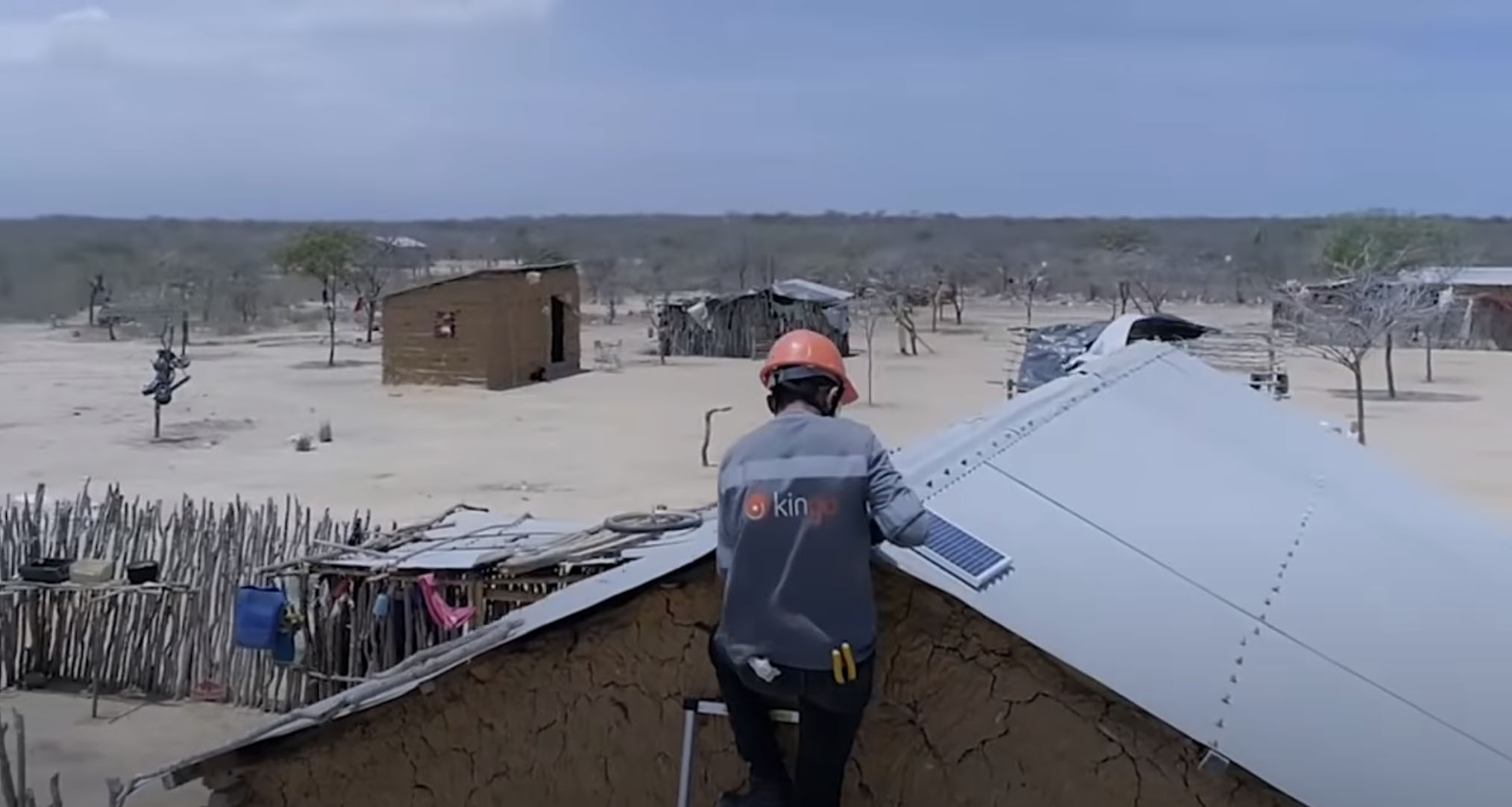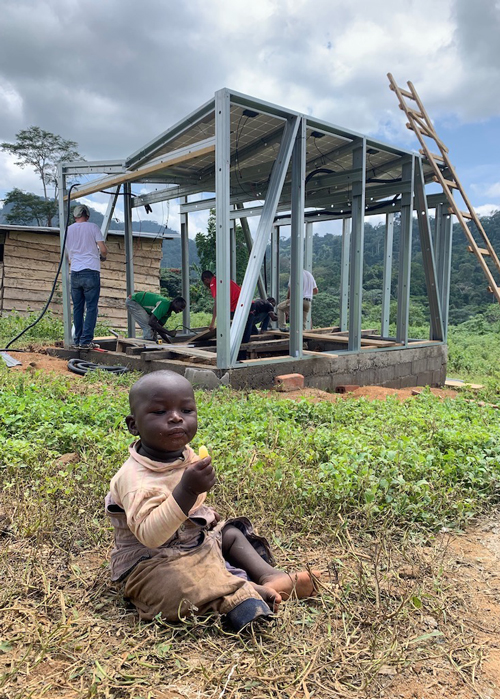#MoveTheDate
Making all rural homes self-sufficient in electricity would move Earth Overshoot Day by 8 days.
What is the solution?
Employing a combination of distributed renewables, such as rooftop solar power and microgrids, could make rural homes self-sufficient in electricity.
This solution improves our resource security in the energy category.
How does it #MoveTheDate?
Most rural areas are currently supplied by either grid electricity or polluting mobile diesel generators. Empowering rural communities to be self-sufficient in clean energy production would significantly reduce global household emissions while providing stability in areas with poor access to energy.
How is it scalable?
Solar powered microgrids can, in many instances, be the most cost-effective way to electrify remote rural areas. Since these areas are still massively underserved, there is a large market for rural electrification.
What is the solution?
Employing a combination of distributed renewables, such as rooftop solar power and microgrids, could make rural homes self-sufficient in electricity.
This solution improves our resource security in the energy category.
How does it #MoveTheDate?
Most rural areas are currently supplied by either grid electricity or polluting mobile diesel generators. Empowering rural communities to be self-sufficient in clean energy production would significantly reduce global household emissions while providing stability in areas with poor access to energy.
How is it scalable?
Solar powered microgrids can, in many instances, be the most cost-effective way to electrify remote rural areas. Since these areas are still massively underserved, there is a large market for rural electrification.
Rural areas are plagued with economic disadvantages, including poor access to basic services and needs such as schools, healthcare, markets, and jobs. As a result, poverty persists, with many rural areas falling ever further behind economically.
Studies have shown that one of the most effective ways to improve economic opportunities for farms is to increase supplemental, off-farm income. For instance, farms that preserve food (in addition to growing it) are able to sell a more valuable product at any time of the year, rather than being forced to sell produce only when it is in season, with little choice about when they can harvest. Selling multiple products enables farms to capture a bigger portion of the value chains they help to produce.
What does this have to do with solar and microgrids? Electrification is key to enabling off-farm opportunities. Increased electrification not only makes life easier; it also enables new economic opportunities through small scale production activities which require sewing, sawing, grinding, drilling, ironing, stirring, cooling, high-speed internet, or cellular service. This is why reliable and affordable electricity is one of the key ingredients for successful entrepreneurship anywhere, and its availability is even more impactful in the lowest-income areas. Rural electrification may be the most significant game-changer for economic development – and solar micro-grids have made this possible. They address the challenges associated with greater distances from the grid and now outperform conventional grids in reliability and costs.
A fascinating example is the award-winning social enterprise Kingo Energy, which has helped bring basic electricity services to the most remote parts of Guatemala (see video at left). Larger companies have also started to provide microgrids, including Schneider Electric and Tata Power in India. Rockefeller Foundation has joined forces with Tata Power to launch TP Renewable Microgrid Limited, with the goal of deploying microgrids at scale. There’s also the SunCube, an innovative approach from a Swiss NGO combining basic, reparable technology with functional buildings that become amplifiers of basic community services such as little shops, cooling stations, or healthcare stations. SunCube has tested its concepts in Switzerland as well as at test sites in Mali and Cameroon.
There’s no benefit in waiting!
Acting now puts you at a strategic advantage in a world increasingly defined by ecological overshoot. Countless solutions exist that #MoveTheDate. They’re creative, economically viable, and ready to deploy at scale. With them, we can make ourselves more resilient and #MoveTheDate of Earth Overshoot Day. If we move the date 6 days each year, humanity can be out of overshoot before 2050.


